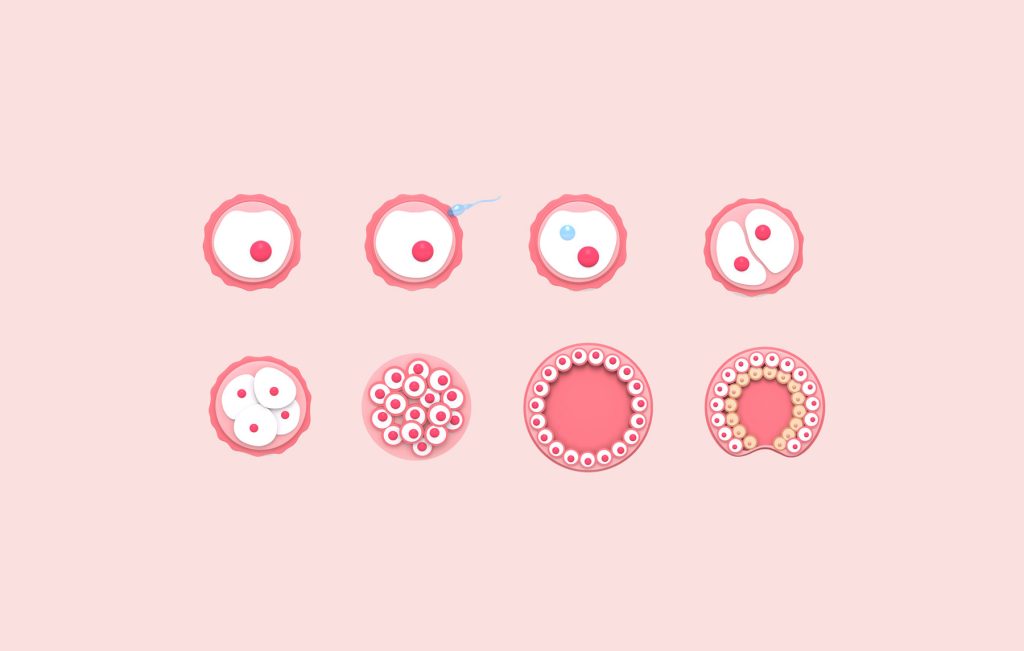- About
Our consultants
Meet our experienced team of consultantsSupport team
Meet our support team working alongside our doctors to deliver the very best careOur clinic
Discover more about The Fertility & Gynaecology Academy
- Patient journey
I am a...
Learn about the services relevant to your fertility journeyThe journey...
Learn about what's involved in fertility treatment
- Fertility tests
Packages
Fertility testing packages to take the hassle out of investigations
More screening options
Find out about our additional screening options - Treatments
Getting pregnant
Fertility treatments to help you achieve your dream
Add-on treatments
Learn about add-on fertility treatments
Supporting treatments
Additional services to support you on your fertility journey - Success rates
- Knowledge hub
Watch, read, and learn
Expand your knowledge on all aspects of fertility - Pricing
Financing fertility treatment
Honest and transparent pricing for peace of mind
No two patients have the exact same treatment but here we have provided an example patient journey to help illustrate what a straight-forward IVF cycle might look like cost-wise.
- Contact
Time lapse imaging (embryoscope)
This allows embryologists to view the development of embryos without disturbing them.
Time lapse imaging gives additional information to help our embryologists select the optimum embryo for transfer.

This allows embryologists to view the development of embryos without disturbing them.
Time lapse imaging gives additional information to help our embryologists select the optimum embryo for transfer.
Normally five to six images are taken of the embryos to assess their progress – but with the embryoscope we can capture over 5,000 images and a video recording, for an even more precise assessment of the embryos to choose from.

Benefits of the embryoscope
The embryoscope is an incubator designed to recreate the conditions needed to support an embryo in a laboratory setting. It has a built-in microscope and camera that observes the embryos and takes pictures of each embryo every 10-20 minutes (Time Lapse Imaging). By reviewing these pictures and the video recording, we are able to closely monitor the progress of the embryos – which allows us to select the strongest ones to be implanted.
Usually in IVF/ICSI, the embryos are taken out from the incubator on a daily basis so that their progress can be checked. This might expose the embryos to suboptimal conditions, particularly in terms of temperature. However, using the embryoscope means that the embryos are checked undisturbed in the same optimal environment for five days.
A recent study showed a correlation between assessing the embryos via Time Lapse Imaging and chromosomal integrity of the embryos. Choosing the embryos of low risk chromosomal abnormality improved the pregnancy rate by 56%. However, this is a preliminary small study and the conclusion needs to be confirmed in bigger prospective studies.
Please note: HFEA view on Time Lapse Imaging. You can also find further information on the British Fertility Society website.
Please download our ‘Add-on Treatments Patient Information Leaflet’ below for evidence and associated risks.


